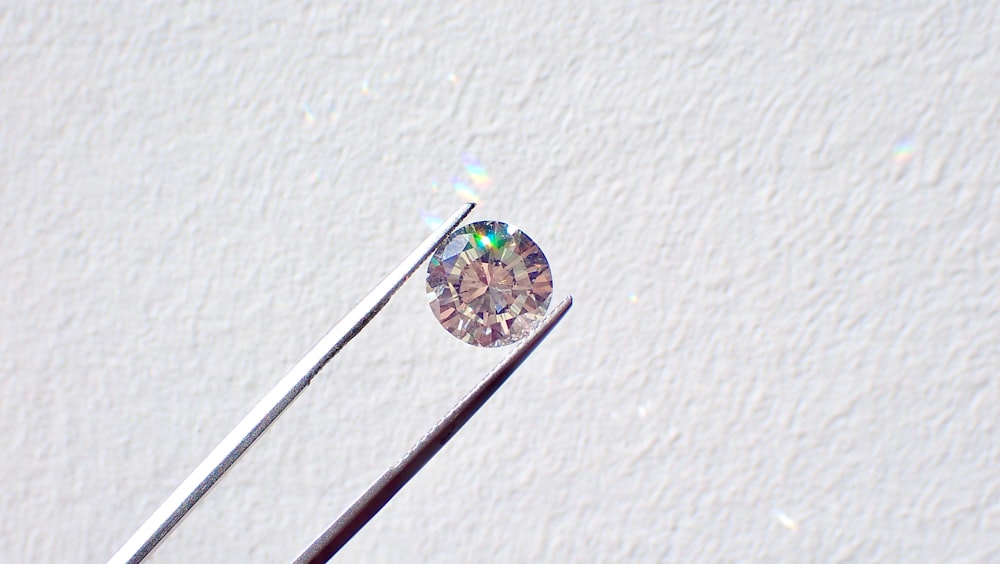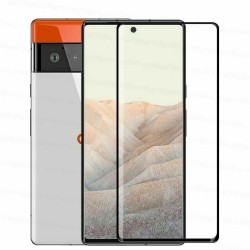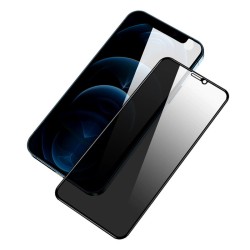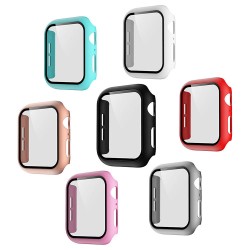The Four Temper Types of Tempered Glass

Tempered glass is versatile and comes in all shapes, shades and sizes. Depending on what you use your devices for, there are different types of tempered glass to fulfill your day-to-day needs. Today we will break down the different types and attributes of tempered glass, so that you don't have to!
Screen protection is important
In such a screen-heavy world it is important to choose the right tempered glass to protect your hardware. Aside from physical protection of the device itself, there are also other benefits such as minimising strain on your retina and avoidance of mobile phone screen chips that can potentially damage your fingers or worse. Using a tempered glass should come as second nature for any device user, especially in the 21st century.
Hardness level
The level of hardness is measured using the Mohs scale on a scale of 1 to 10. However, most phone screen protectors that you'll find on the market only go up to level 9h, unless they are made of diamonds, which some suppliers might try and convince you of. Tempered glass is unique as it has changed the way we look at traditional glass which is brittle and easy to shatter. Due to its rapid cooling process, tempered glass has redefined glass as something that can be a more durable form of protection. To temper something is the literal process of rapid cooling (which used to mainly apply to the crafting of weaponry in a forge), but nowadays it also has other more modern uses.
Types of tempered glass
- Clear tempered glass emboldens the clarity of images
- Privacy tempered glass tints the screen from all angles except when facing head on
- Frosted tempered glass dissipates all light that passes through it
- Reflective tempered glass deflects the glare of all light that hits it
There you have it, folks. The low down on all things tempered.
Peace, Ameegos!




